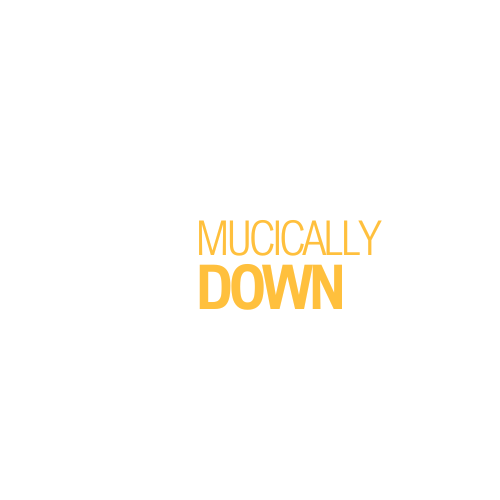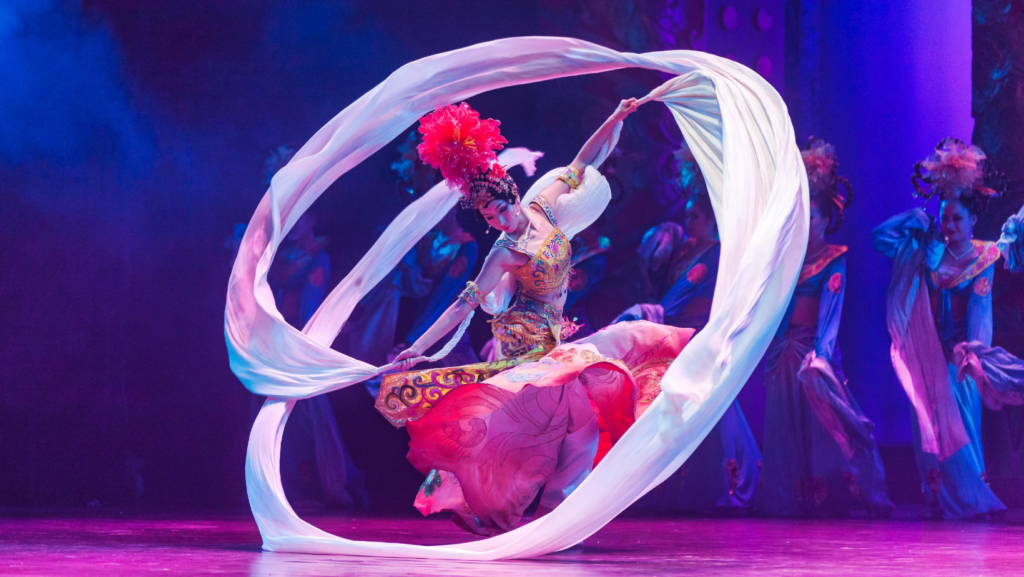There’s a certain magic that comes with live performances. The palpable energy, the raw talent on display, the audience’s collective gasp as the lights dim – it’s an experience that’s hard to replicate. This article delves into the world of live performances, exploring their unique allure and the skills required to pull them off.
From Broadway shows to intimate gigs in hidden bars, live performances are a sensory feast. They’re about more than just the act on stage; they’re about the ambiance, the crowd, and that shared moment of awe.
Live Performances
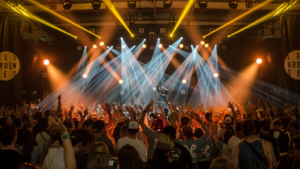
The allure of live performances proves irresistible, drawing in voyagers across every demographic and interest group. Steeped in nuance and marked by an ambiance unreplicable in recorded media, the magic of live performances emerges as an experience distinctly human and deeply satisfying.
Also noteworthy is the enveloping sensory experience, where sights, sounds, even the energy flow of the space, combine to make each performance unique. Then, consider the spontaneity of live shows; the improvised responses, the unique jokes, audience interactions – these unpredictable elements lend a singular quality to every live act, such as comedy shows like the ‘Just for Laughs’ festival or Broadway musicals like ‘Hamilton.’
Finally, it’s impossible to ignore the shared experience, the feeling of unity gazing at a stage along with others, experiencing the thrill of the show together. This communal feeling, whether at a rock concert like ‘Glastonbury,’ or a live symphony such as ‘The Berlin Philharmonic,’ epitomizes the distinct allure of live performances.
The Impact of Audience Engagement
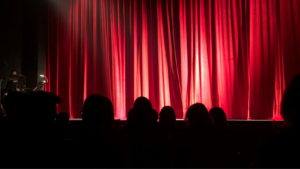
Audience engagement exerts a profound impact on live performances. The line between the audience and performers blurs, forming an interactive, dynamic exchange. Take live theater, for example. Not an isolated act, but a conversation, the audience’s reactions and energy feedback into the performance, influencing the artist’s delivery. That’s what happened during live readings of Dylan Thomas’s ‘Under Milk Wood,’ where audiences not only responded enthusiastically but their reactions also shaped the performance.
Moreover, the audience transforms from passive observers to active participants in the act, making them integral to the overall ambiance. A crowd’s anticipation fuels the excitement, their applause validates the performers, their laughter and tears quantify the performance’s success. In sum, audience engagement in live performances amplifies the energy and heightens the immersive experience. So while one might enjoy watching ‘Bohemian Rhapsody’ on their home screen, the sheer exhilaration of singing along with tens of thousands at a Queen concert is an experience beyond compare.
Various Types of Live Performances
Diverse styles of live performances exist, each offering unique experiences. Let’s delve in and discuss a few of these types, namely Theater and Musicals, Concerts and Music Festivals, and Stand-Up Comedy and Poetry Slams.
Theater and Musicals
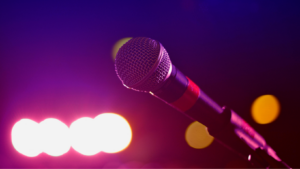
Theater performances offer audiences high levels of engagement, utilizing elements like dialogue, music, dance, and mime. It’s a medium that brings scripts to life in vivid color, performed on a designed set under managed lighting conditions. For example, Shakespearean plays rendered with authenticity offer an immersive journey back in time.
Musicals, a subset of theatrical performances, combine elements of theater with the addition of music and often dance. Audience fascination amplifies here, as performers typically sing and dance to convey the story. Musicals like “Les Misérables” or “Hamilton” showcase how a fusion of singing, acting, and dancing can result in a powerful storytelling medium.
Concerts and Music Festivals
Concerts deliver a different kind of thrill, particularly those involving live music. They allow music lovers direct access to their favorite artists, generating an energy matched by few other experiences. Rock concerts, for example, reverberate with aggressive energy, while orchestral concerts resonate with tranquil harmony.
Music festivals, usually held over several days, bring together a multitude of artists from various genres. They serve as a platform not just for renowned acts but also for emerging talent. Internationally recognized festivals, such as Coachella or Glastonbury, attract massive crowds annually, regardless of weather conditions.
Stand-Up Comedy and Poetry Slams
Stand-up comedy performances provide an environment for laughter, showcasing the performer’s ability to entertain through humorous narratives, jokes, and one-liners. Comedians like George Carlin or Trevor Noah provide laughter, but also insights into society’s foibles.
Poetry slams bring together poets who compete to deliver powerful, affecting recitations. It’s a spoken-word prose form, each recitation judged by audience members. An example of such an event is the National Poetry Slam, where poets challenge each other with vibrant, energetic performances that often push the boundaries of self-expression.
